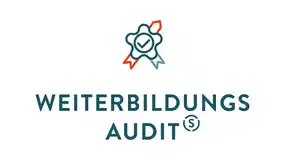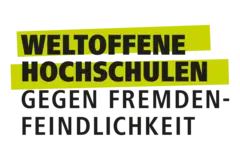Fog system
The fog system in the indoor test facility can be used to simulate realistic fog scenarios with realistic moisture fog. A reduction in visibility (Meteorological Optical Range) down to 10 meters also enables the reproducible simulation of extreme fog events.
In addition to static tests, dynamic sensor and driving tests can also be carried out on a fogged area of approx. 780 m² (65 x 12 m). The length of the fog area of 65 meters makes it possible to investigate the effects on the environmental sensors of vehicles even over long distances. As fog also forms under the rain system, combinations of rain and fog are also possible.
The test system can be combined with other test equipment, such as the indoor positioning system for accurate positioning and ground truth of static and dynamically moving objects. Various targets (EuroNCAP compliant) are also available.
Application examples
Reducing the visibility (MOR) for testing optical sensors
Reduction of camera contrasts
Reproduction of scattering and absorption effects on active sensors such as lidar and radar

View inside the laboratory: 360° THI Campus Tour | Virtual experience by BESTVIEWS.de
Possible uses
Short-term rental: Do you want to test your systems in foggy conditions? Please contact us for further information and an offer tailored to your requirements.
Research assignment: Would you like to use the system as part of a specific research- or development project and require additional technical expertise? We are also happy to provide you with long-term support in carrying out and evaluating your experiments. Please contact us for further information and an offer tailored to your requirements.
Funded research project: You are planning a publicly funded project or proposal in the areas of vehicle safety, automated or autonomous driving, innovative mobility, or related fields? Contact us - we are available as a competent partner for research and development.
Selected scientific publications
- D. Weihmayr, F. Sezgin, L. Tolksdorf, C. Birkner, and R. N. Jazar, "Predicting the Influence of Adverse Weather on Pedestrian Detection with Automotive Radar and Lidar Sensors," in 2024 IEEE Intelligent Vehicles Symposium (IV), Jeju Island, South Korea, 2024, pp. 2591–2597, doi: 10.1109/IV55156.2024.10588472
- F. Sezgin, D. Vriesman, D. Steinhauser, R. Lugner, and T. Brandmeier, "Safe Autonomous Driving in Adverse Weather: Sensor Evaluation and Performance Monitoring," 2023 IEEE Intelligent Vehicles Symposium (IV), Anchorage, AK, USA, 2023, pp. 1-6, doi: 10.1109/IV55152.2023.10186596.
- M. Graf, D. Vriesman und T. Brandmeier, “Testmethodik zur Untersuchung, Validierung und Absicherung von Störeinflüssen auf Umfeldsensoren durch Witterung unter reproduzierbaren Bedingungen”, 14. VDI-Tagung Fahrzeugsicherheit, Fahrzeugsicherheit im Kontext neuer, nachhaltiger Mobilitätskonzepte, S. 231-248, 2023, doi: 10.51202/9783181024263.
- D. Steinhauser, P. Held, B. Thöresz, and T. Brandmeier, "Towards Safe Autonomous Driving: Challenges of Pedestrian Detection in Rain with Automotive Radar," in 2020 17th European Radar Conference (EuRAD), Utrecht, Netherlands, 2021, pp. 409-412, doi: 10.1109/EuRAD48048.2021.00110.
- D. Vriesman, B. Thoresz, D. Steinhauser, A. Zimmer, A. Britto, and T. Brandmeier, "An Experimental Analysis of Rain Interference on Detection and Ranging Sensors," in 2020 IEEE 23rd International Conference on Intelligent Transportation Systems (ITSC), Rhodes, Greece, 2020, pp. 1-5, doi: 10.1109/ITSC45102.2020.9294505
- D. Schöppe, D. Steinhauser, B. Thöresz, S. Hasirlioglu, and T. Brandmeier, "Behavior of sensor systems for safety in automated driving with different weather conditions under reproducible conditions,” in 12. VDI-Tagung Fahrzeugsicherheit im Umfeld von neuen Rating- und Gesetzesanforderungen, 2019, pp. 205 – 218, doi: 10.51202/9783181023648-205.
- S. Hasirlioglu, I. Doric, A. Kamann, and A. Riener, "Reproducible fog simulation for testing automotive surround sensors," in 2017 IEEE 85th Vehicular Technology Conference (VTC Spring), Sydney, NSW, Australia, 2017, pp. 1–7, doi: 10.1109/VTCSpring.2017.8108566
Laboratory management and team

Prof. Dr.-Ing. Thomas Brandmeier
Phone: +49 841 9348-3840
Room: H023
E-Mail: Thomas.Brandmeier@thi.de

Michael Graf, M.Sc.
Phone: +49 841 9348-3418
Room: H120
E-Mail: Michael.Graf@carissma.eu
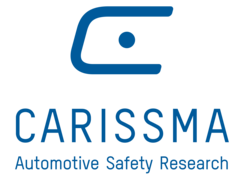








![[Translate to English:] Logo Akkreditierungsrat: Systemakkreditiert](/fileadmin/_processed_/2/8/csm_AR-Siegel_Systemakkreditierung_bc4ea3377d.webp)
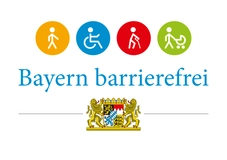
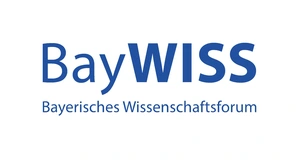


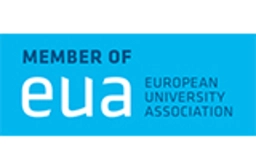

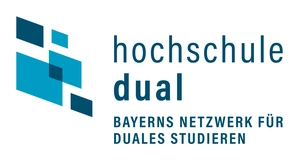
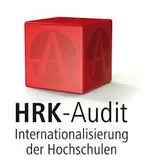
![[Translate to English:] Logo IHK Ausbildungsbetrieb 2023](/fileadmin/_processed_/6/0/csm_IHK_Ausbildungsbetrieb_digital_2023_6850f47537.webp)

